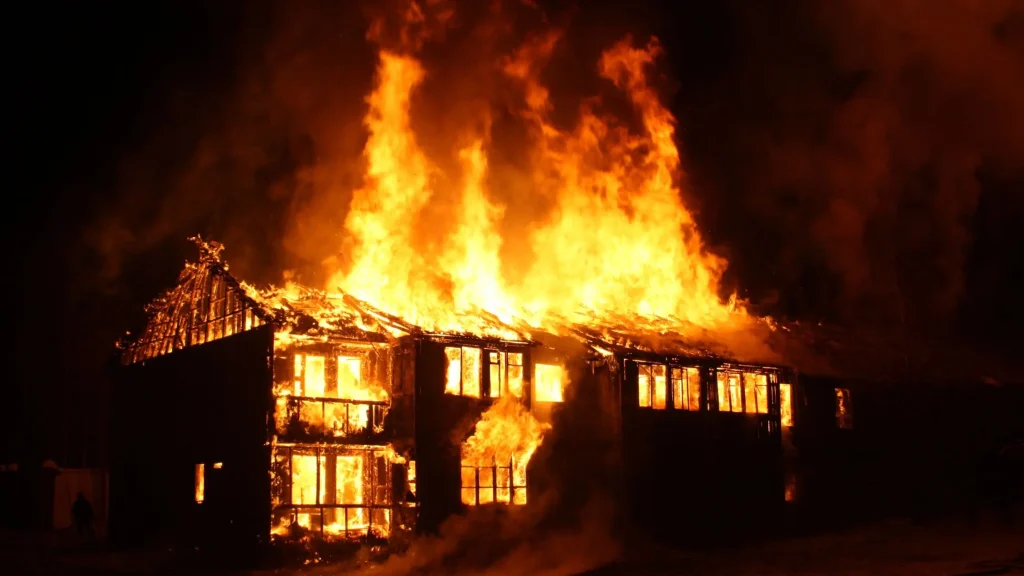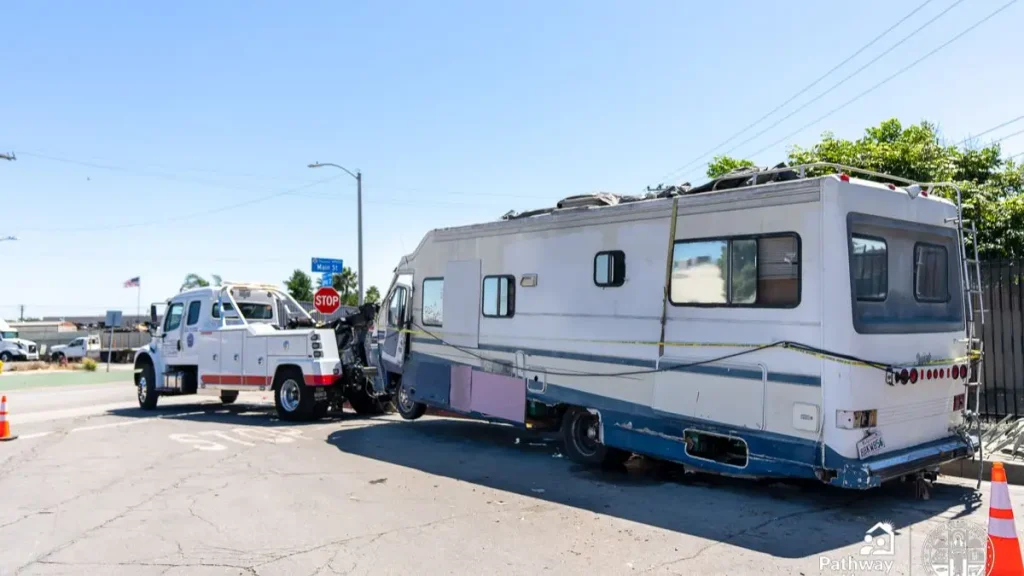California Woman Shares Experience After Palisades Fire Destroys Her Home
I still remember the day the Palisades Fire broke out—how quickly everything changed in our quiet California neighborhood. This fire wasn’t just any wildfire; it swept through homes and lives with a force that many of us weren’t prepared for. The Palisades Fire started suddenly, fueled by dry conditions and fierce winds, and before anyone could catch their breath, dozens of homes were lost, including my own.
For those who lived through it, the damage was more than physical—it was emotional, too. Families had to evacuate with little more than the clothes on their backs, leaving behind years of memories and belongings. The fire destroyed thousands of acres, forcing communities to come together even as they faced uncertainty and fear.
Understanding the scale of this disaster is crucial. It wasn’t just an isolated event; it was a harsh reminder of how vulnerable we are to nature’s wrath, especially in California. Knowing what happened helps us prepare better and support those still recovering.
Personal Story: How One California Woman Lost Her Home
The woman I’m talking about is Sarah O’Connor, a longtime resident of the Palisades. Just two months before the fire, she told her husband, “As if our house is going to burn down… so many houses would have to burn to get to our house. We were so far from the hills.” It felt impossible. They thought their home was safe, tucked away from danger.
Then, in November 2024, the unthinkable happened. The Palisades Fire swept through, destroying more than 4,700 homes, including Sarah’s. She had lived there for years, making it a place filled with memories—family dinners, celebrations, everyday moments.
When evacuation orders came, Sarah had only minutes to pack essentials, photos, and important documents. The chaos of leaving, combined with the shock of losing her home, hit hard. But she found strength in the kindness of neighbors and the support from her community during those uncertain days.
Key Lessons Learned From Losing a Home to Wildfire

One of the biggest lessons I learned is the importance of having a fire-ready emergency plan. Knowing your evacuation routes, having a packed emergency kit ready, and setting up a communication plan with family can save precious time and reduce panic when every second counts.
When it comes to insurance, I quickly found out it’s not as straightforward as it seems. Realtor highlights that understanding your policy beforehand is critical. I wish I had been more proactive about documenting my belongings—photos, receipts, inventories—they make a huge difference when filing claims. Without this, the process drags on and becomes a bigger headache than it needs to be.
Community support also proved invaluable. Neighbors checking in, sharing resources, and offering emotional comfort helped us get through the worst moments. Finally, mental health matters. The shock and grief after such loss hit hard, and reaching out for counseling or support groups is not a sign of weakness—it’s essential for healing.
Navigating Home Insurance After Wildfire Damage
Dealing with insurance after the fire was a steep learning curve. The first thing I realized was how crucial it is to document damage immediately. Take photos, videos, and lists of everything affected. Contact your insurer as soon as possible and keep records of every conversation.
Many people stumble because they don’t fully understand what their policy covers. Some policies don’t include temporary housing costs or certain types of fire damage. Reviewing your policy now, before disaster strikes, is vital to avoid surprises later.
Experts like those at the California Department of Insurance recommend starting claims quickly and consulting professionals if you hit roadblocks. The process can feel overwhelming, but having trusted resources on hand makes all the difference.
Have you or someone you know faced challenges with home insurance after a disaster? Share your experience in the comments — your story could help others navigate this tough process.
Practical Tips for Fire Preparedness and Future Prevention

After everything I went through, I can’t stress enough how important it is to prepare before disaster strikes. Simple steps like creating a defensible space around your home—clearing dry brush and debris—can slow a fire’s advance. Hardening your home with fire-resistant materials, like ember-resistant vents or tempered glass windows, really helps too.
Packing an emergency kit in advance is another lifesaver. Think beyond basics—include important documents, medications, extra clothes, and even a portable phone charger. Make sure your family has a clear communication plan, so everyone knows where to meet and how to check in if you get separated.
And don’t hesitate to lean on local resources. Many California communities offer free fire safety inspections or assistance programs that can help you strengthen your home against wildfires. Being proactive now can make a huge difference later.
In today’s world, staying connected through social media platforms like X (formerly Twitter), Facebook, and WhatsApp helps you get real-time updates and practical tips. Many people find that following dedicated WhatsApp groups keeps them ahead with the latest advice and community support during emergencies.
Community Support and Recovery Resources
One thing I learned fast is that you don’t have to face this alone. Community support is a lifeline during and after a wildfire. Local organizations in California provide essential help—everything from temporary shelter and food to counseling services and assistance with rebuilding.
On the official side, FEMA and state government programs offer grants and financial aid for rebuilding or temporary housing. If you’re going through this, make sure to check your eligibility and apply early because funds can run out quickly.
Natural disasters take many forms, and as we’ve seen with events like the deadly tornado that struck Laurel County, the impact on homes and communities can be just as devastating. You can read more about that tragedy and its aftermath here.
If you found this story and advice helpful, consider following for more real-life experiences and practical tips on rebuilding and resilience.
Final Thoughts
Losing your home feels like losing your foundation, but it’s important to remember—you are more than your house. The road to recovery is tough, but every step forward, no matter how small, is a victory. Survivors I’ve met often talk about the strength they found in themselves and their communities.
Sharing your story can also be powerful, not just for you but for others facing similar fears. It raises awareness and helps build a network of support. If you’ve been through this or are preparing for wildfire season, I encourage you to reach out, connect, and be part of the conversation.
What’s one lesson you’ve learned about facing unexpected challenges? I’d love to hear your thoughts.
Disclaimer: This article is for informational purposes only and does not constitute legal or financial advice. Please consult with professionals for your specific situation. We strive to provide accurate information but cannot guarantee completeness or timeliness.


